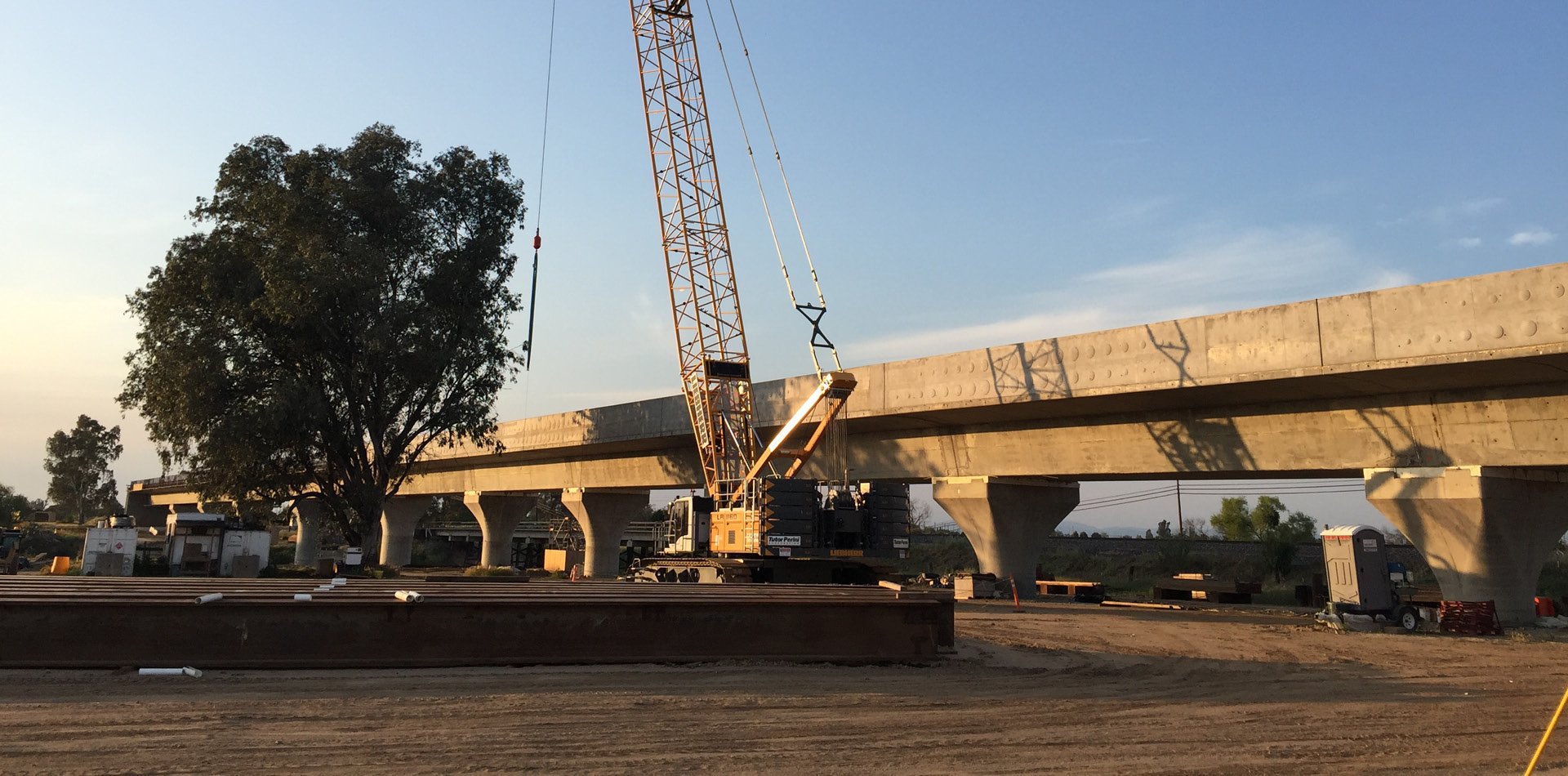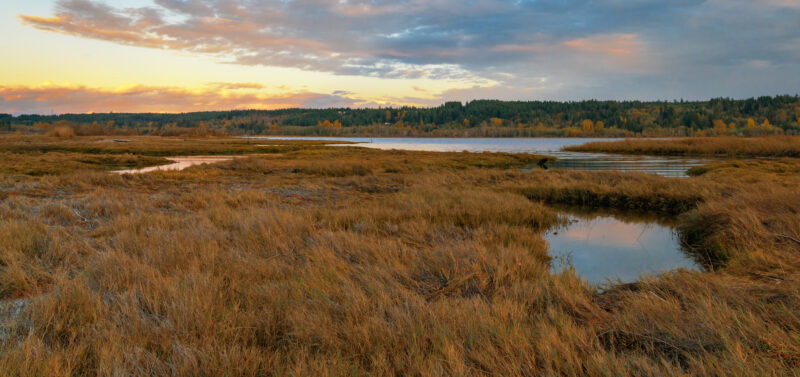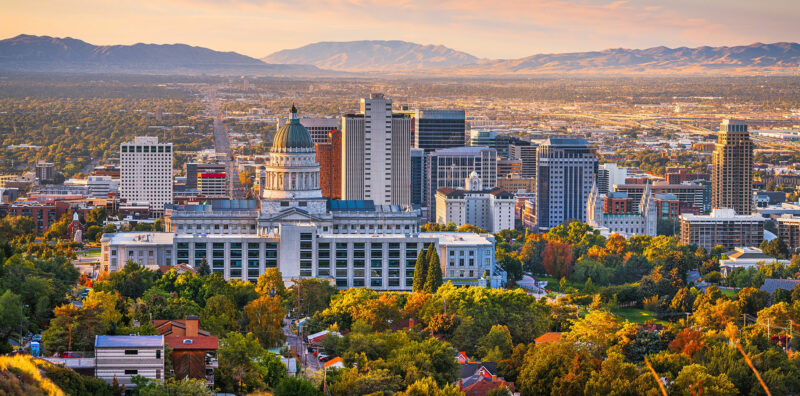Neal has spent more than two decades helping airports tackle complex environmental and planning challenges....

California High Speed Train: Merced to Fresno
The California High Speed Rail Authority (Authority) is planning, designing, building, and operating the first high-speed rail system in the nation, traveling from San Francisco to the Los Angeles basin in under three hours and reaching speeds over 200 miles per hour.
Why does this project matter?
When completed, the system will eventually extend to Sacramento and San Diego, totaling 800 miles with up to 24 stations, creating clean-operating and modern transportation for millions of Californians, bolster economic growth and connecting the state like never before.
What is ESA doing to help?
As part of a team supporting the Authority, ESA is providing biological and archaeological surveying, monitoring, and reporting services to construct the first segment of the project, Construction Package 1 (Merced to Fresno). We are also providing on-call environmental services to the Authority for the rail segment from Fresno to Bakersfield, including regulatory permitting, archaeological surveys, and CEQA/NEPA services.
We are on the frontline, collaborating with Tutor Perini/Zachry/Parsons and the Authority to solve many complex and unique environmental challenges, including ensuring and documenting mitigation compliance, processing permit amendments due to design changes, and using real-time data collection and GIS mapping as part of the compliance process.
Spanning such a large region, there are many biological and archaeological resource considerations to address, including:
• vernal pool and seasonal wetland habitats
• protected species, such as the California tiger salamander, San Joaquin kit fox, Swainson’s hawk, burrowing owl, Buena Vista Lake ornate shrew, and rare plants
• crossings of the San Joaquin and Fresno Rivers
• historical and archaeological resources in downtown Fresno
• compliance with Section 106 of the National Historic Preservation Act (Built Environment Treatment Plan and Archaeological Treatment Plan)
• permit amendments during the design-build process to address design refinements
ESA has been addressing these challenging objectives by assisting in archaeological data recovery of resources encountered during construction. In 2024, ESA co-led the archaeological excavation of a multiethnic historic-era archaeological site that was occupied between the 1890s and 1930, north of Fresno’s historic downtown. The excavation revealed the buried, burned remains of two structures and evidence for a third, and the team recovered thousands of artifacts. The site was deemed eligible for listing in the National Register of Historic Places and the California Register of Historical Resources following archaeological testing conducted the year prior. One of the things that makes the site significant is that historical documentation is limited for the period and the area where the site was inhabited, making archaeological research crucial in understanding early settlement of this part of the City of Fresno.
ESA has also been implementing a data collection system using tablet devices and geospatial software to track habitat disturbances as they occur, reporting directly into an online database for tracking mitigation compliance, as well as working closely with the Authority and design build contractors to find ways to minimize potential impacts.
The result is a more collaborative approach to implementing one of the state’s most complex construction projects, while ensuring environmental compliance occurs in an efficient, timely fashion.
Connect with our team
Details
Location Central Valley, California
Notable
First high-speed rail system in the United States
News & Ideas
The four proposed rules could amount to a substantial weakening of one of the United...
If finalized, the Waters of the United States Proposed Rule would reduce the geographic extent...
ESA’s federal strategy and NEPA experts have been staying abreast of the shifts in federal...
As we kick off 2026, our federal policy and permitting experts are hitting the road...
The following speech was delivered on November 7, 2025, in Salt Lake City, at The...







